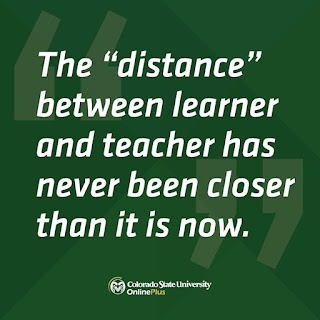Community of Inquiry in My Classroom
As a newer educator, I have learned that everything that I plan for needs to include both the social presence and the cognitive presence. Since the teaching presence is social and cognitive combined, I really think about how I will ensure that students are connecting with one another and how I will help them to think about their own learning and reflect on it.
As COVID-19 numbers start to rise with the new variant, I worry about having students virtually rather than in person. My first thought always goes to how will seven and eight-year-olds get the proper socialization that they need in their own development? Google Meets are not appropriate for their social development skills, especially when all they do is listen to me teach and do not get to sit along with their peers to have a strong discussion and feed off of their facial expressions and emotions. At the end of the 2020-2021 school year, I realized that I could have had students in the classroom use their Chromebooks to join a Google Meet to work with their peers at home. As stated in the article regarding Edu Blogging, there is a risk with FERPA and a risk of students allowing their teacher and classmates to be a part of their home while they learned in their house rather than the classroom. I had to be careful to respect the privacy of my students to make sure that they felt safe. There were so many decisions that had to be made to balance the safety of my students and their socialization.
When I think about how I will make decisions regarding how students will learn and reflect on their own learning, I make decisions based on the abilities of my students. If I have students that have a reading disability, I think about how they will complete a summative assessment with their peers that do not have a reading disability. One of our units in reading is a Cynthia Rylant author study. Together, I read books aloud to the class and we discuss the characters, traits, message, and craft moves. After a few weeks of studying her books together, the students are asked to read books on their own/ in partners and answer questions on their own. I thought about how my students with dyslexia or at-risk readers might be able to participate without feeling pressured to read. I did research online for tools that they could use and the best part of differentiation that I made was creating a reading room. The students went into Google Slides and could click on books to listen to and read along with on YouTube. The pressure of trying to decode difficult words was removed and my students reading at a Kindergarten level could show off their Second Grade reading skills and feel as or more accomplished than their peers without a reading disability.




Comments
Post a Comment